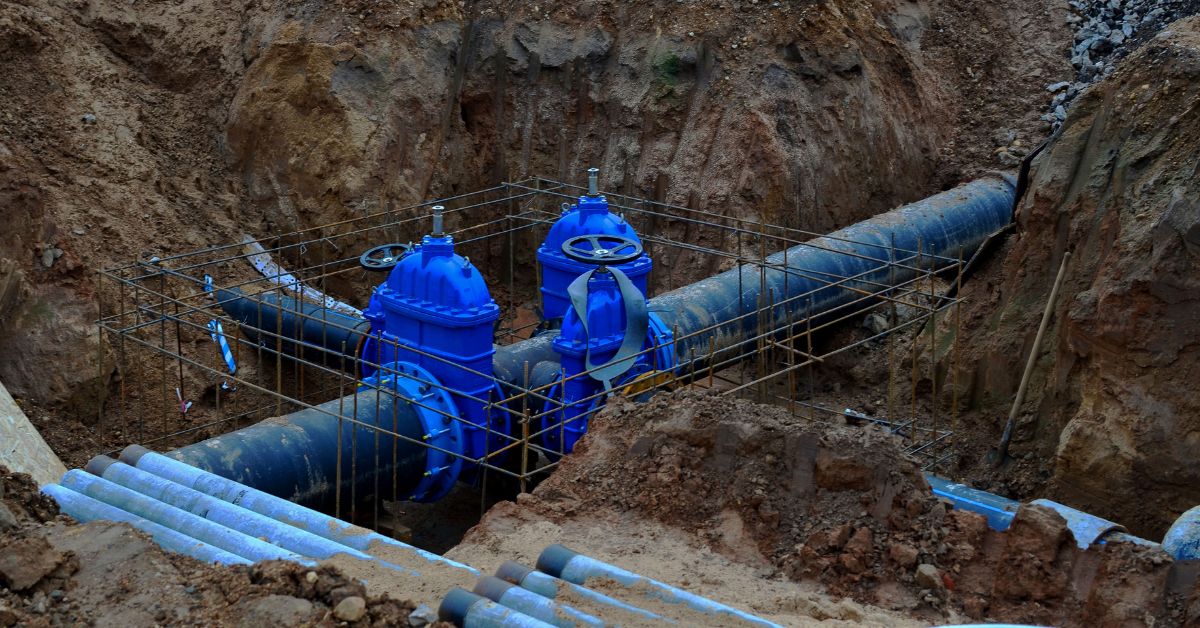Introduction:
Sewer lines play a crucial role in the functioning of our cities, carrying waste and sewage away from homes and businesses. But how deep are sewer lines buried? This article will explore the typical depths of sewer lines and the factors that influence their placement.
Factors Affecting Sewer Line Depths
Several factors, including local regulations, soil conditions, and intended use can influence the depth at which sewer lines are buried.
- Local Regulations: Building codes and regulations can dictate the minimum depth at which sewer lines must be buried. This is determined by local authorities and takes into account factors such as soil type, intended use, and the potential for damage from other underground structures.
- Soil Conditions: The type of soil in an area can also impact the depth of sewer lines. Soils that are prone to settling or shifting may require deeper burying to prevent damage, as well as soils with high water tables or those prone to flooding.
- Intended Use: The intended use of a sewer line can also influence its depth. For example, sewer lines serving commercial or industrial buildings may need to be buried deeper to accommodate the heavy loads and high volumes of waste produced by these buildings.
Average Depths of Sewer Lines
While the depth of sewer lines can vary, there are some general guidelines to determine the average depths of different types of sewer lines.
- Residential Sewer Lines: Residential sewer lines are typically buried between 4 and 6 feet below ground level. This depth is sufficient to protect the pipes from normal use and environmental factors such as frost.
- Commercial and Industrial Sewer Lines: Commercial and industrial sewer lines are typically buried deeper, between 6 and 8 feet below ground level. This deeper burying accommodates the heavy loads and high volumes of waste produced by these buildings.
- Main Sewer Lines: Main sewer lines, which transport waste from large numbers of buildings, are usually buried even deeper, between 8 and 10 feet below ground level. This depth provides necessary protection for the heavy loads and high volumes of waste transported through these lines.
Conclusion:
In conclusion, the depth of sewer lines can vary based on several factors including local regulations, soil conditions, and intended use. While these guidelines provide a general understanding of typical sewer line depths, it’s always best to consult with a professional or check local building codes to determine the exact depth required in your area. Properly burying sewer lines is essential to ensure the continued functioning of our underground waste management systems and prevent damage.

